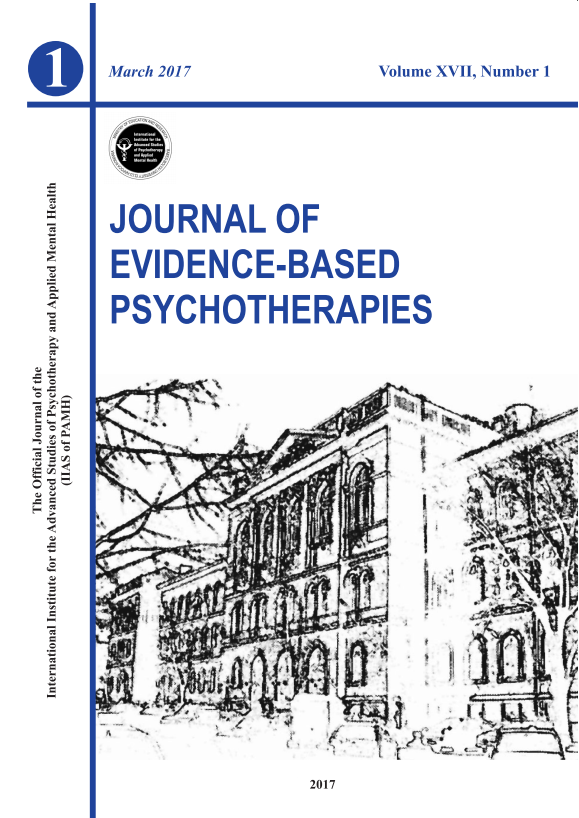Sebastian PINTEA* & Ramona MOLDOVAN
Babes-Bolyai University, Cluj-Napoca, Romania
Abstract
The Receiver-Operating Characteristic (ROC) analysis has been long used in Signal Detection Theory to depict the tradeoff between hit rates and false alarm rates of classifiers. In the last years, ROC analysis has become largely used in the medical community for visualizing and analyzing the performance of diagnostic tests. Our article points out some fundamental aspects of ROC analysis underlying the importance of using ROC analysis in evaluating the diagnostic validity of tests commonly used in clinical psychology. The main statistical programs available for this type of analysis, with their advantages and deficiencies are also discussed. In order to illustrate how ROC analysis works in clinical research, we also describe an application of ROC analysis in evaluating scales generally related to depression.
Keywords: receiver operating characteristics (ROC), ROC analysis, area under the curve (AUC), diagnostic performance, sensitivity, specificity, clinical psychology, depression
